Recently, having a chance to talk with talented artisans in the hometown of Hero Nup (To Tung commune, Kbang district) about the past and present in the living space and traditional Bahnar lifestyle, we could only exclaim: "What an artist!"
The last ding hi ho players
The crystal clear Ktung stream flowing around the villages in To Tung has somewhat eased the hot weather of the sunny afternoon. Stepping into the spacious stilt house of artisan Dinh Bri (Dak Po Kao village), we no longer paid attention to the weather, because all our attention was focused on a rather strange musical instrument of the Bahnar people here: ding hi ho.
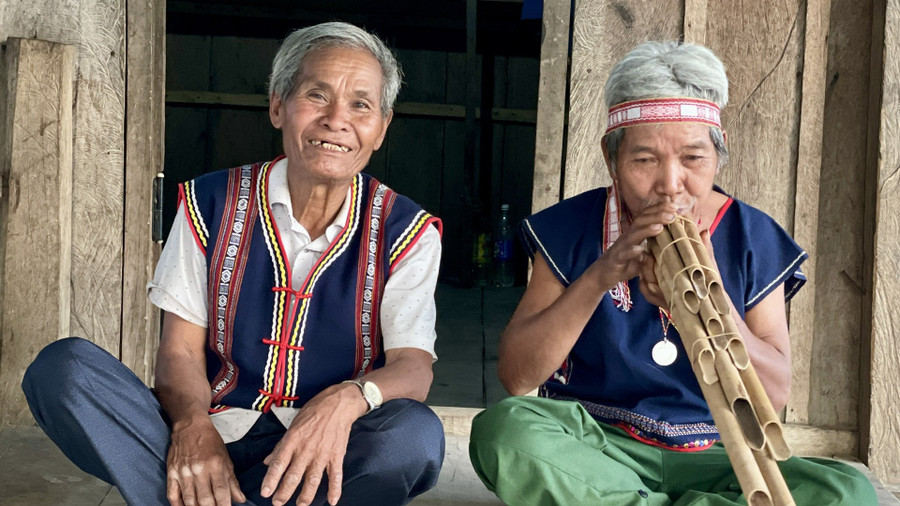
Living in close contact with the forest environment, most of the musical instruments of the Bahnar people use natural materials such as bamboo, rattan, and stone. These instruments are extremely diverse, including stringed instruments, wind instruments, and percussion instruments. In addition, people also rely on nature to operate wind instruments, water instruments, etc.
Ding hi ho (also known as hi ho, dinh duk) is one of the unique wind instruments but rarely seen at traditional festivals. This is a combination of 10 small bamboo tubes, 1.5-2 cm in diameter, arranged and fixed in a bundle. Each tube has different lengths representing different pitches of sound; the longest tube is about 1 m, the shortest tube is about 30 cm. The tubes are tapered at one end as a way to “sharpen the sound” (except for the longest tube).
Artisan Dinh Bri said that since he was 11 years old, his father taught him how to make and play musical instruments, including the ding-hsi. “The old man was very good, he knew how to do everything. One day when I woke up at 2-3 am, I saw him sitting there playing the instrument and singing folk songs,” Mr. Bri recalled. Those were also images deeply imprinted in the memory of the boy who later inherited his father’s artistic nature.
Holding a ding hi blowpipe in his hand, artisan Dinh Bri guides the unique performance of the song “Praise the Hero Nup”. With his skillful musical sense, the artisan blows air into the pipes, making the bamboo “speak”, while his thumb continuously brushes over the mouth of the bamboo tube as a way to gracefully break the rhythm. That is why when performing this musical instrument, the artisan always has to prepare a cup of water next to him to help relieve the pain in his fingers.
Although the visitors from afar were very excited about the unique performance, the artist, who is nearly 70 years old, did not seem very satisfied. He said that in addition to being skillful, to play the ding hi ho well, one must have good health, but his breath is now weak so the sound is not as full as expected.
In fact, the ding hi ho does not have the resonant, clear sound of the t'rung or ting ning, but only a gentle murmur, full of emotion. For that reason, this instrument became a close friend of the villagers during the years of fighting against the US.
Mr. Bri recalls: As a nephew who called Hero Nup his uncle, he enthusiastically participated in the resistance war as a liaison from 1969 to 1975. When the enemy invaded and burned down the village, people had to evacuate to the mountains, "working on the fields and running, the Americans dropped bombs here and ran to another place". Despite the hardships, the artist's dignity was not lost.
Mr. Bri said: At that time, the village was very sad! With a love for music, people cut bamboo that was just ripe, dried it thoroughly, and then tied it into a ding hi ho blowing tube. The sound was soft and gentle, enough to express feelings without fear of being discovered by the enemy. Therefore, the ding hi ho became a popular musical instrument during the years of resistance.
Sitting next to him, artisan Dinh Hmêh (77 years old, from Stơr village) - the grandson-in-law of Hero Núp - also nodded in confirmation of the story Mr. Bri had just told. Mr. Hmêh said that in the past, people in the villages of To Tung were very good at making and playing musical instruments, including the ding hi ho, but now only a few people know how to make them produce sounds that reflect the pristine beauty of the mountains and forests.
Like Mr. Bri, Mr. Hmêh regretted not having enough strength to play the ding hi ho to give us a complete Bahnar folk song. However, recently, a number of groups of visitors, including many students, were very excited to come to the village to learn about and enjoy the unique sound of this musical instrument.
Concerns about the successor
But that was not enough to surprise us. Moreover, the artists of the village also demonstrated their talent in many fields. Taking out two ting ning instruments, Mr. Bri played them at the same time… with both hands, and sang us a folk song telling the story of a Bahnar girl’s tears at the weaving loom after seeing her lover off to fight the Americans on Highway 19.
He also plays gongs, t'rung, k'ní… skillfully. Therefore, in 2021, Mr. Bri spent time living at the Vietnam National Village for Ethnic Culture and Tourism (Hanoi) to introduce the unique features of Bahnar culture to many domestic and foreign tourists. In 2022, at the invitation of Thien Thai Flower Field Tourist Area (Cu Chi District, Ho Chi Minh City), he and a group of Kbang artisans came here to build a majestic traditional Bahnar communal house.
Around the stilt house where Mr. Bri’s family lives, there are dozens of large and small baskets that he painstakingly cut bamboo from the forest and skillfully woven into them. Mr. Bri said that he often sells these products to villagers to store food and drinks during the sugarcane harvest season.
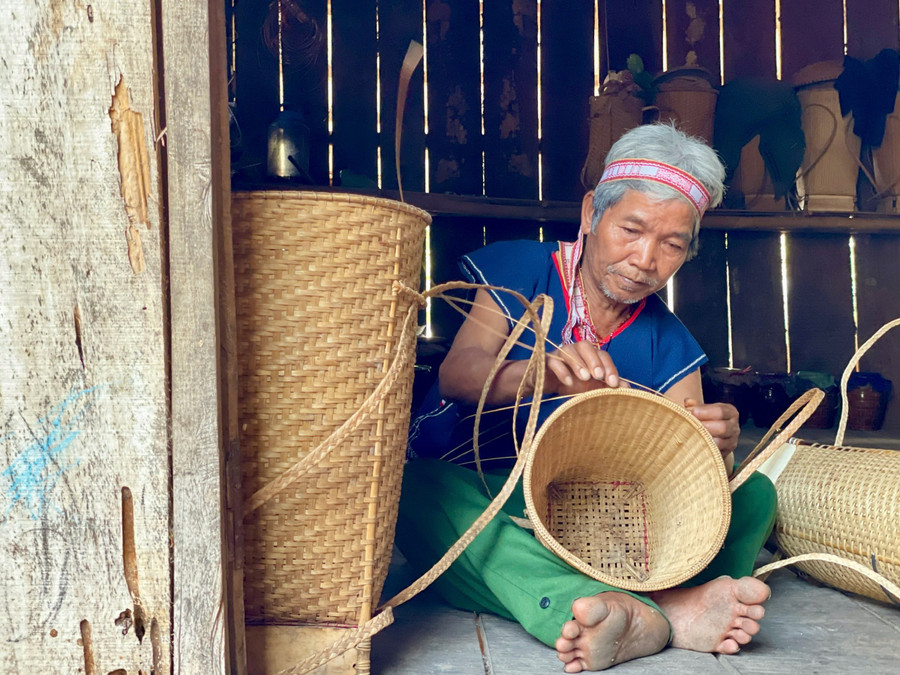
He humorously said that in the past, his wife, Mrs. Dinh Thi Poong, fell in love with him because “although he was not handsome, he was skillful”. But in fact, Mrs. Poong was no less skillful. The row of wine jars made from leaf glaze that she brewed herself or the delicate brocade costumes that she also wove said a lot about a typical, traditional Bahnar family.
Meanwhile, Mr. Hmêh is also known as a multi-talented artisan with the ability to teach gongs, make and play musical instruments such as ding hi ho, ting ning, sing folk songs, carve statues... Therefore, he has been invited to participate in many cultural events at the district and provincial levels. Not to mention, this artisan is also a famous blacksmith.
Mr. Hmêh recalled: He used to be a guerrilla in Stơr village during the resistance war against the US, but later he was deafened by the sound of bombs and bullets so he was sent to the rear. However, thanks to his blacksmithing profession, he contributed by forging knives, hoes, and production tools for the army. To this day, his family's blacksmith is one of the few places in the area that is still burning.
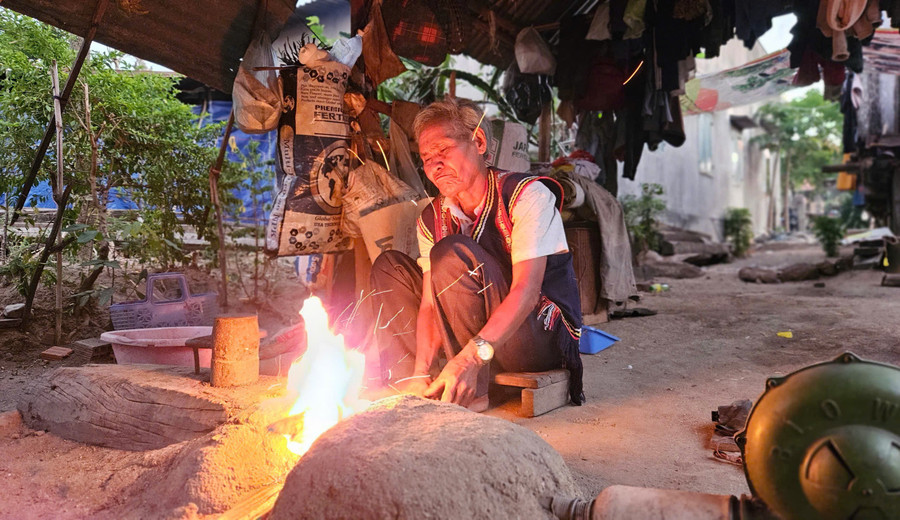
At this point, the old craftsman laboriously blew into the furnace to introduce some steps of the profession he had painstakingly preserved for decades. His white hair tilted in the sparks flying from the forge bellows, becoming a beautiful image in the twilight.
Unfortunately, a class of talented people like Bri and Hmêh artisans - those who hold the soul and quintessence of their nation - are becoming increasingly rare, while the next generation is very small. Ms. Nong Thi Hao - Cultural and Social Officer of To Tung Commune - commented: "Ding hi ho is a unique musical instrument, currently in the area there are probably only these two artisans who know how to play it, but unfortunately there is no successor".
Thus, this type of musical instrument is at risk of falling into oblivion. Artisan Dinh Plih (Leng village, To Tung commune) also admitted that Mr. Bri and Mr. Hmêh are artisans with “innate talent”. Having lived with Mr. Bri at the Vietnam Ethnic Culture and Tourism Village and traveled “South” to build a communal house, artist Dinh Plih said that he himself learned many things from this talented artisan.
“Nowadays, with the development of society, the village is gradually losing people like Mr. Bri. There is no one left to tell the story, and no one can do the traditional jewelry making of the Bahnar people anymore. Even I myself am at a loss, I don’t know how to play ding hi ho. The young people in the village and commune are not interested in learning,” Mr. Plih confided.
Therefore, he proposed that the Department of Culture should open classes to invite these artisans to teach the quintessence to encourage the next generation to know how to make and play traditional musical instruments, know how to weave, etc., thereby preserving the culture of their people. How can the descendants of the heroic land keep the tradition forever, that is, not only be good at fighting but also maintain the dignity of an artist to the end. The purpose, as Mr. Bri shared in the conversation over a jar of wine that day: "The old days left behind by our grandparents, we must keep it. That is the race."

Source: https://baogialai.com.vn/nhung-nghe-si-tu-lang-post316488.html



![[Photo] Prime Minister Pham Minh Chinh meets with President of the Republic of Burundi Evariste Ndayishimiye](https://vstatic.vietnam.vn/vietnam/resource/IMAGE/2025/4/4/979010f4c7634f6a82b8e01821170586)
![[Photo] Parade rehearsal on the training ground in preparation for the April 30 celebration in Ho Chi Minh City](https://vstatic.vietnam.vn/vietnam/resource/IMAGE/2025/4/4/e5645ddf85f647e6a25164d11de71592)
![[Photo] President Luong Cuong presides over the official welcoming ceremony for Burundian President Évariste Ndayishimiye](https://vstatic.vietnam.vn/vietnam/resource/IMAGE/2025/4/4/63ceadc486ff4138abe2e88e93c81c91)
![[Photo] Workshop "Future for the Rising Generation" continues the profound value and strong message from the article of General Secretary To Lam](https://vstatic.vietnam.vn/vietnam/resource/IMAGE/2025/4/4/ec974c5d9e8e44f2b01384038e183115)
![[Photo] General Secretary To Lam receives President of the Republic of Burundi Évariste Ndayishimiye](https://vstatic.vietnam.vn/vietnam/resource/IMAGE/2025/4/4/d6df4662ecde41ef9bf55f1648343454)




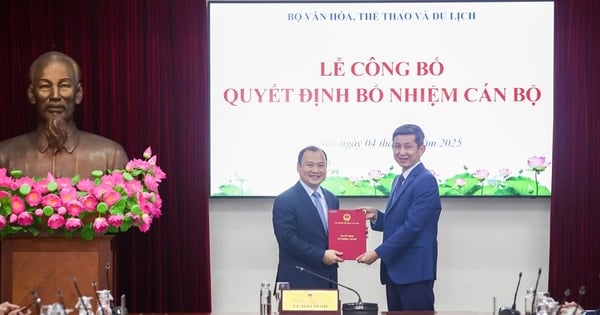











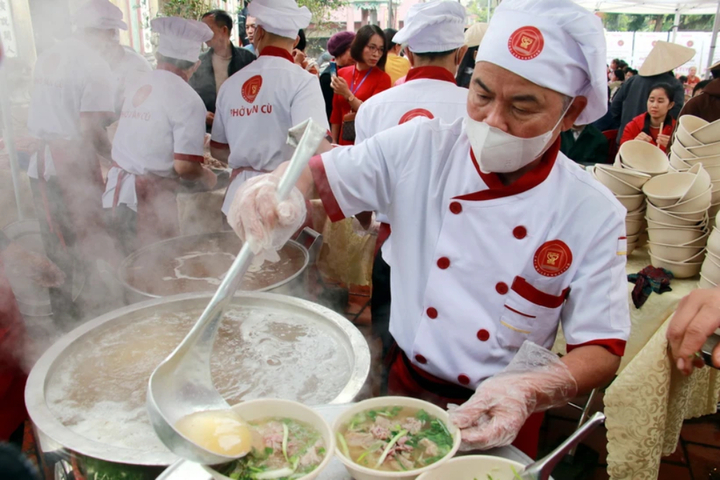

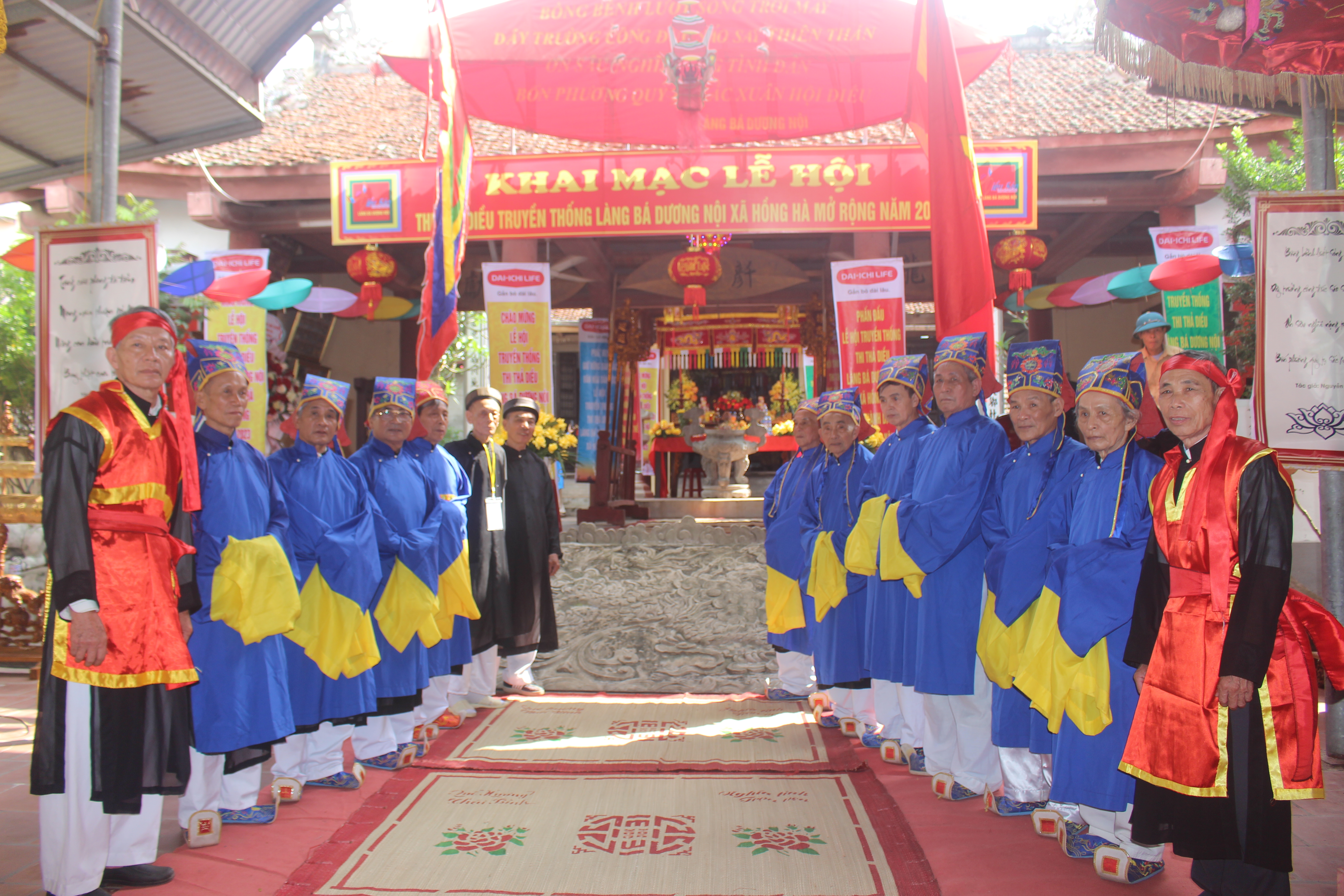

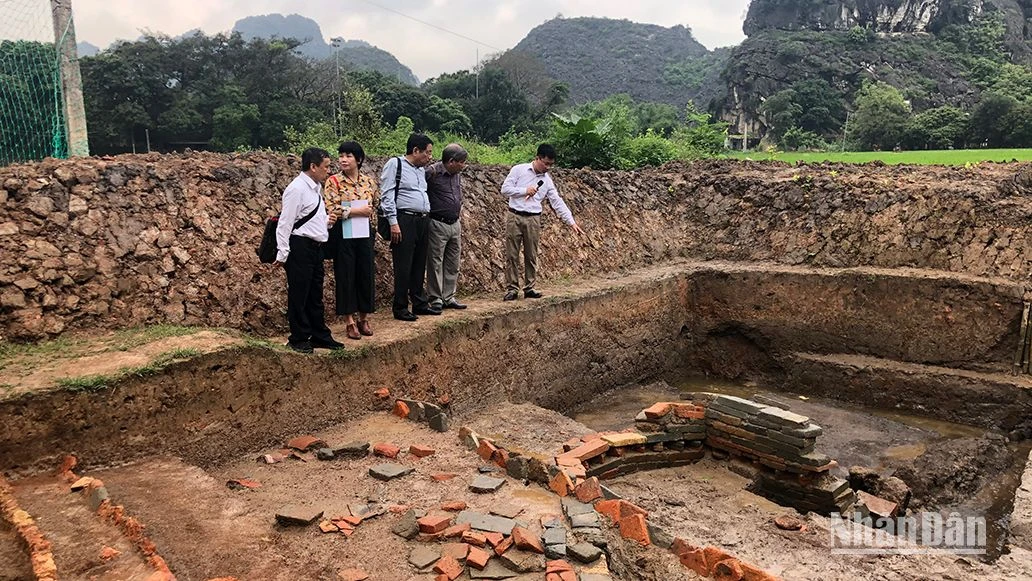

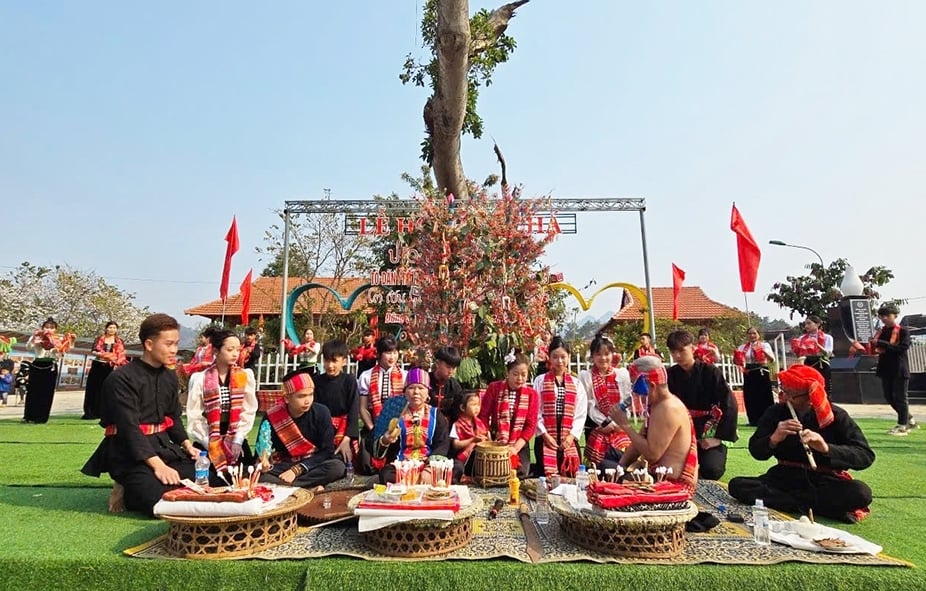

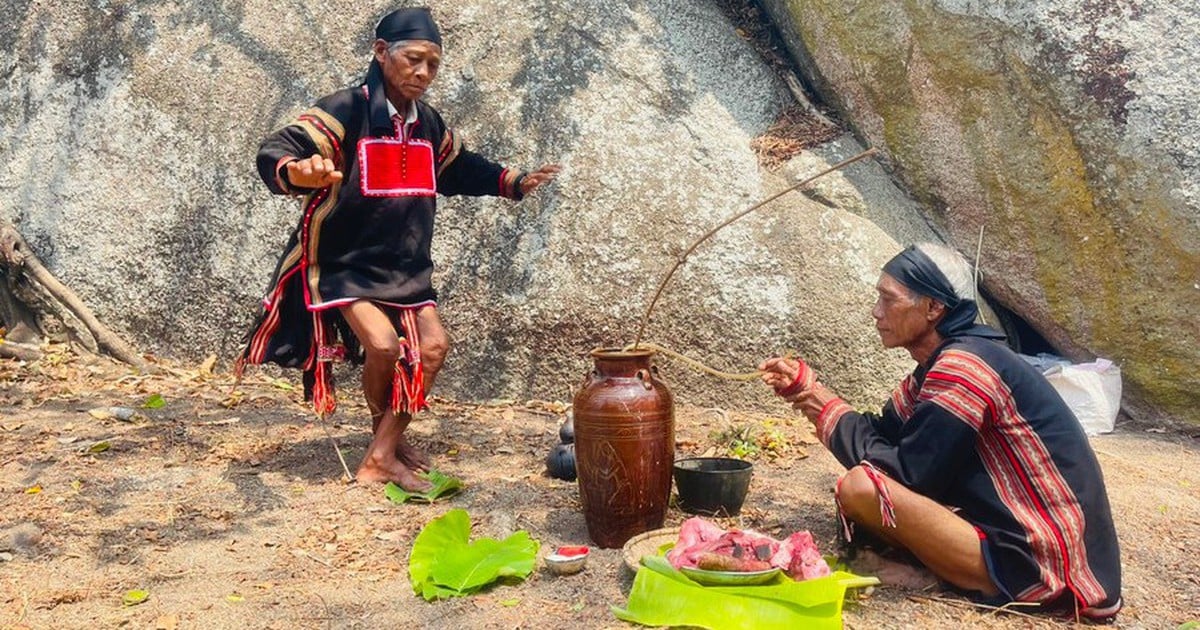



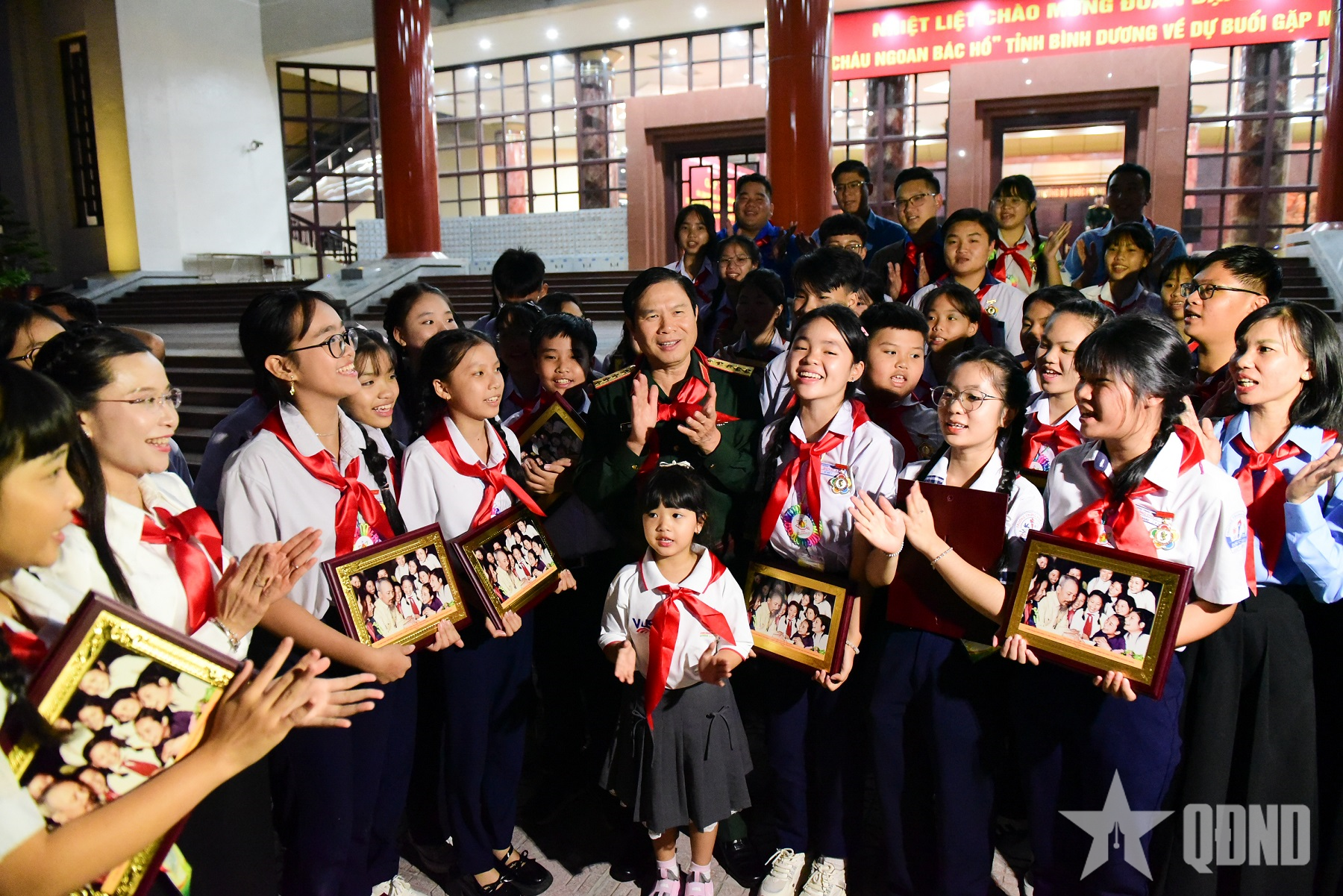











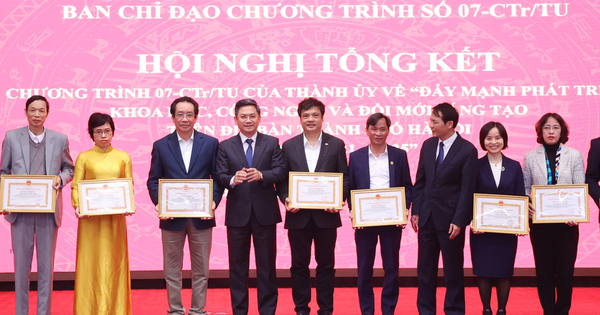













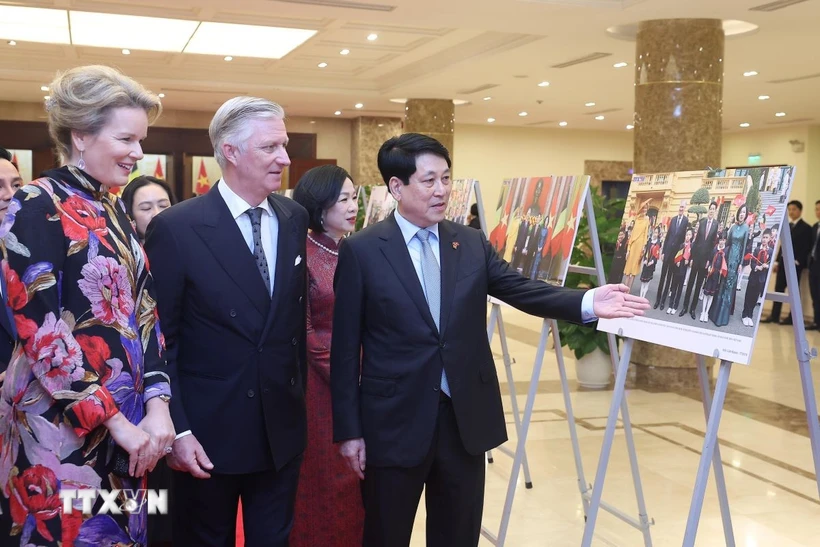

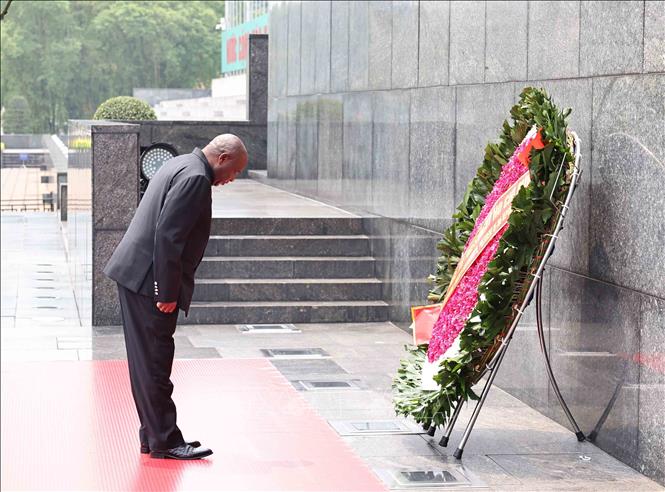









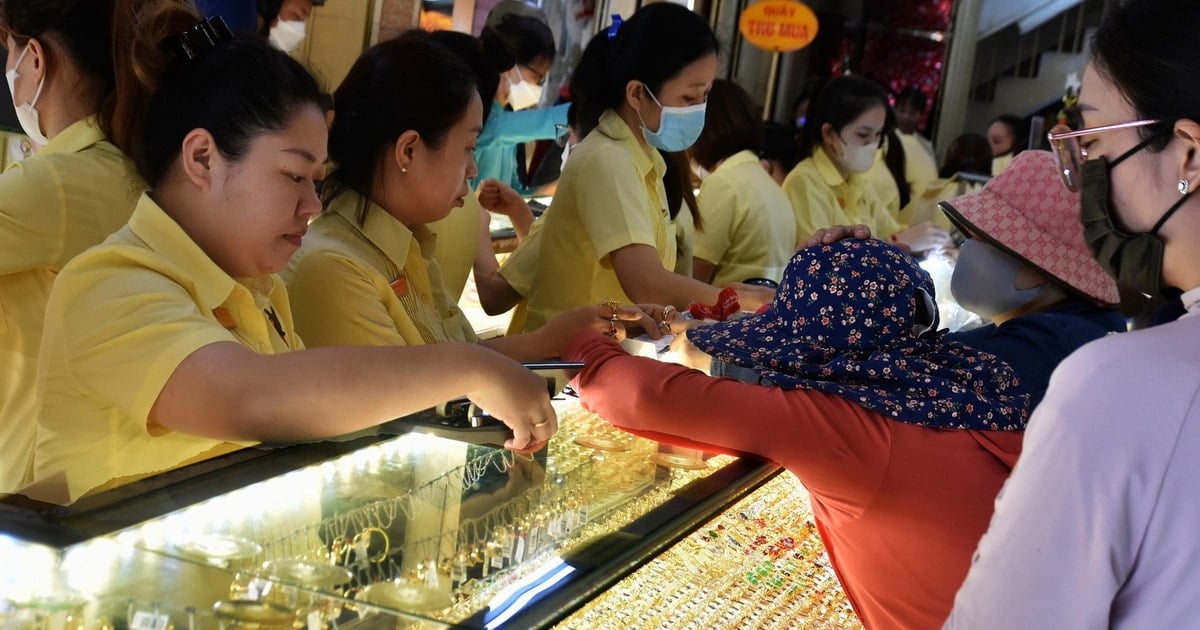

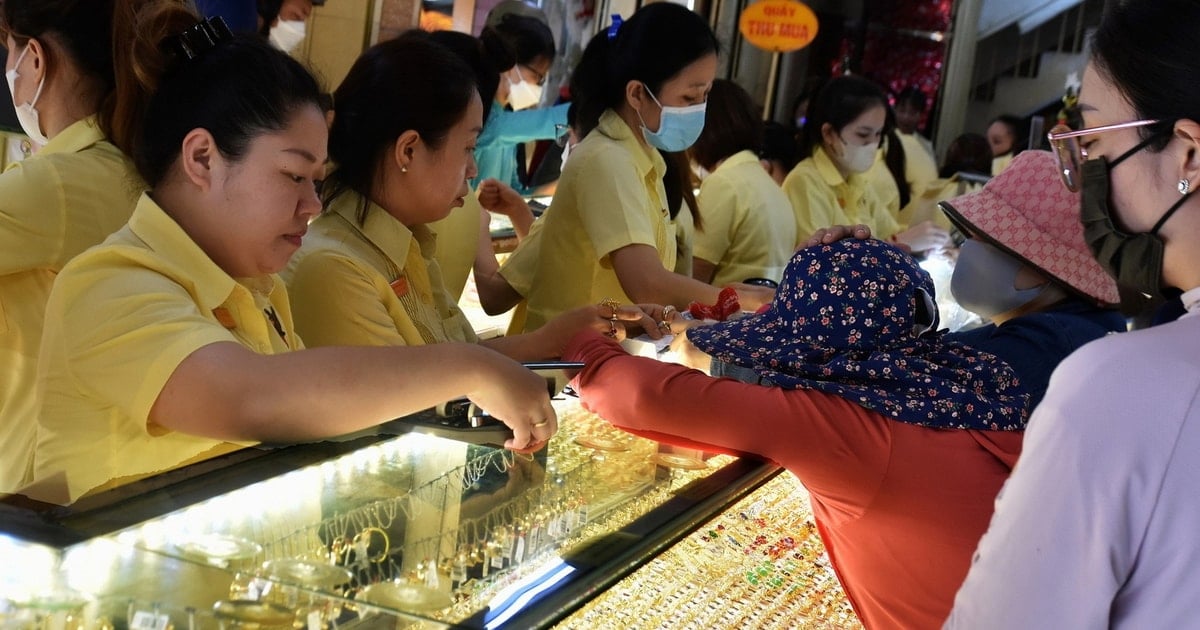
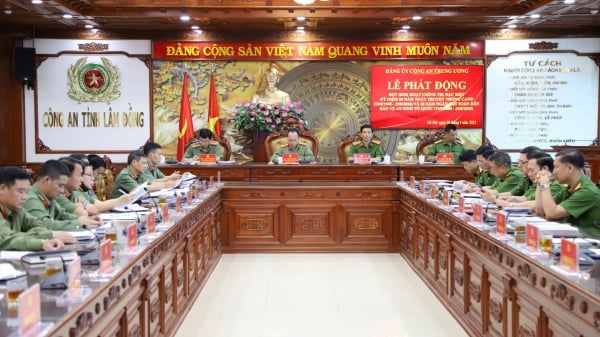

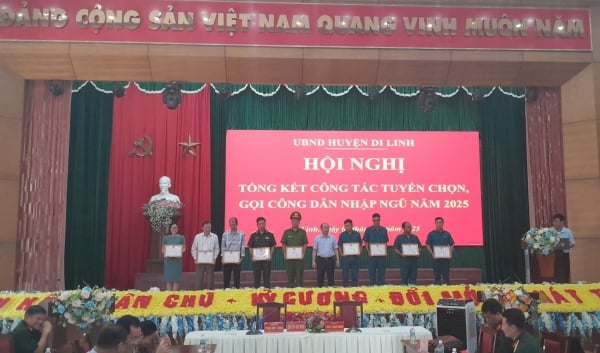





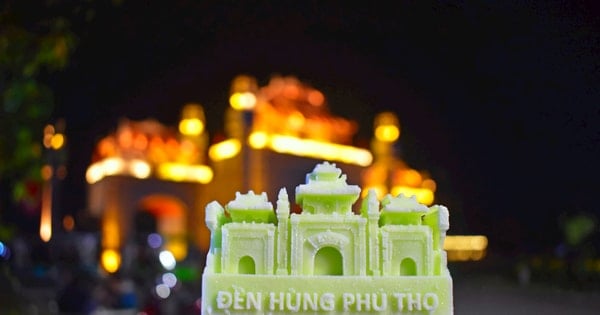





Comment (0)